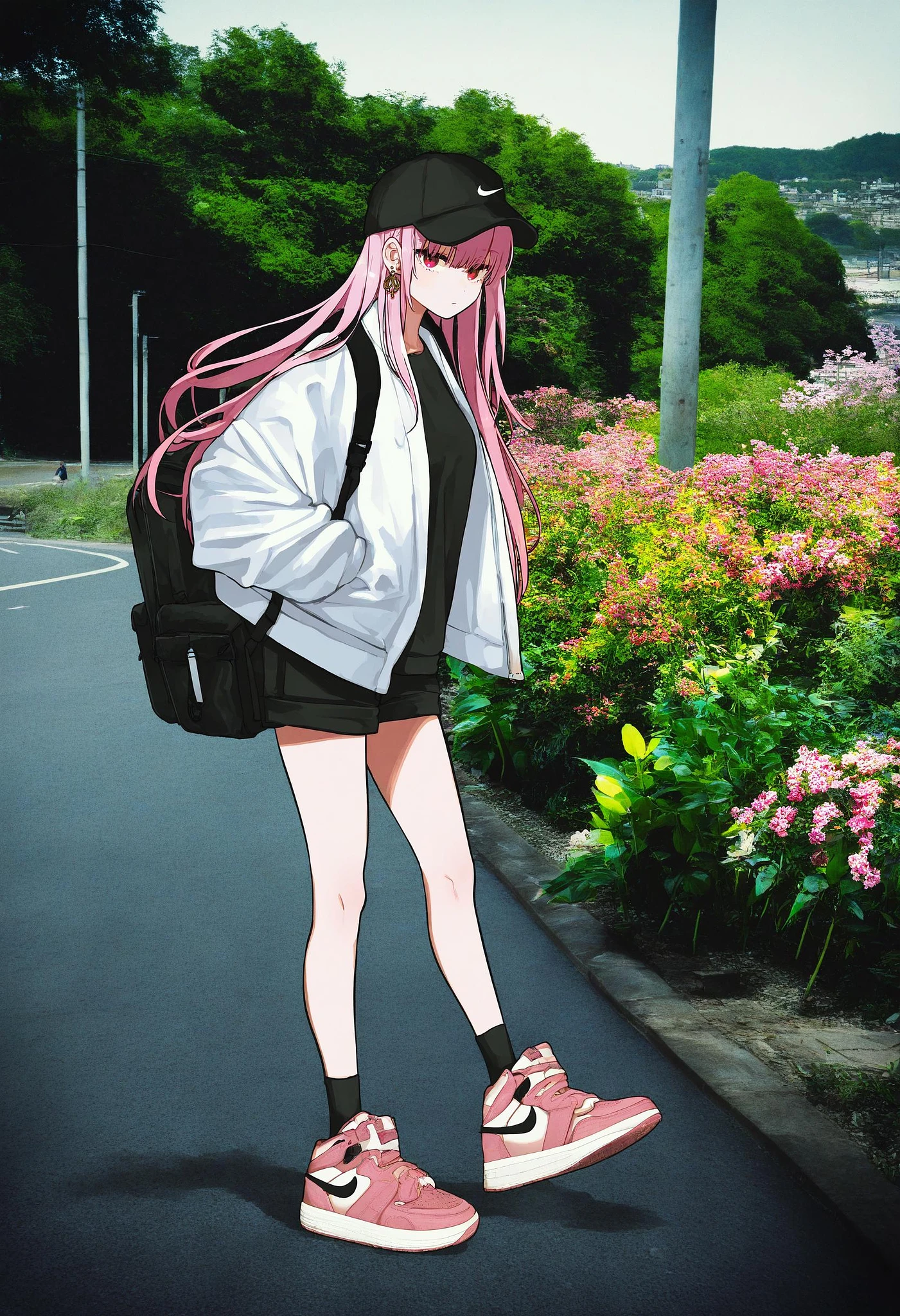Photo Background - 2d Compositing|写真背景・二次元合成
v1.0 [hunyuan]Photo Background - 2d Compositing|写真背景・二次元合成
Trained on 2d illustrations composited on a photo background.
This is a small LoRA I thought would be interesting to see how models trained on illustrations or real world images/video can produce the composite, mixed reality effect.
ℹ️ LoRA work best when applied to the base models on which they are trained. Please read the About This Version on the appropriate base models and workflow/training information.
Metadata is included in all uploaded files, you can drag the generated videos into ComfyUI to use the embedded workflows.
Recommended prompt structure:
Positive prompt (trigger at the end of prompt, before quality tags for non-hunyaun versions):
{{tags}}
real world location, photo background,
masterpiece, best quality, very awa, absurdresNegative prompt:
(worst quality, low quality, sketch:1.1), error, bad anatomy, bad hands, watermark, ugly, distorted, censored, lowresPopularity
Info
Version v1.0 [hunyuan]: 1 File
About this version: v1.0 [hunyuan]
Trained with https://github.com/tdrussell/diffusion-pipe
Training data consists of:
37 images as a combination of
Images used from other versions this model card
Images extracted as keyframes from several videos
23 video clips ~70 frames each
70 frames was too long for the 368 resolution for videos (exceeded 24gb vram)
Training configs:
dataset.toml
# Aspect ratio bucketing settings
enable_ar_bucket = true
min_ar = 0.5
max_ar = 2.0
num_ar_buckets = 7
# Frame buckets (1 is for images)
frame_buckets = [1]
[[directory]]
# Set this to where your dataset is
path = '/mnt/d/huanvideo/training_data/images'
# Reduce as necessary
num_repeats = 5
[[directory]] # IMAGES
# Path to the directory containing images and their corresponding caption files.
path = '/mnt/d/huanvideo/training_data/images'
num_repeats = 5
resolutions = [1024]
frame_buckets = [1] # Use 1 frame for images.
[[directory]] # VIDEOS
# Path to the directory containing videos and their corresponding caption files.
path = '/mnt/d/huanvideo/training_data/videos'
num_repeats = 5
resolutions = [368]
frame_buckets = [33, 49, 81] # Define frame buckets for videos.config.toml
# Dataset config file.
output_dir = '/mnt/d/huanvideo/training_output'
dataset = 'dataset.toml'
# Training settings
epochs = 50
micro_batch_size_per_gpu = 1
pipeline_stages = 1
gradient_accumulation_steps = 4
gradient_clipping = 1.0
warmup_steps = 100
# eval settings
eval_every_n_epochs = 5
eval_before_first_step = true
eval_micro_batch_size_per_gpu = 1
eval_gradient_accumulation_steps = 1
# misc settings
save_every_n_epochs = 15
checkpoint_every_n_minutes = 30
activation_checkpointing = true
partition_method = 'parameters'
save_dtype = 'bfloat16'
caching_batch_size = 1
steps_per_print = 1
video_clip_mode = 'single_middle'
[model]
type = 'hunyuan-video'
transformer_path = '/mnt/d/huanvideo/models/diffusion_models/hunyuan_video_720_cfgdistill_fp8_e4m3fn.safetensors'
vae_path = '/mnt/d/huanvideo/models/vae/hunyuan_video_vae_bf16.safetensors'
llm_path = '/mnt/d/huanvideo/models/llm'
clip_path = '/mnt/d/huanvideo/models/clip'
dtype = 'bfloat16'
transformer_dtype = 'float8'
timestep_sample_method = 'logit_normal'
[adapter]
type = 'lora'
rank = 32
dtype = 'bfloat16'
[optimizer]
type = 'adamw_optimi'
lr = 5e-5
betas = [0.9, 0.99]
weight_decay = 0.02
eps = 1e-84 Versions
Go ahead and upload yours!





